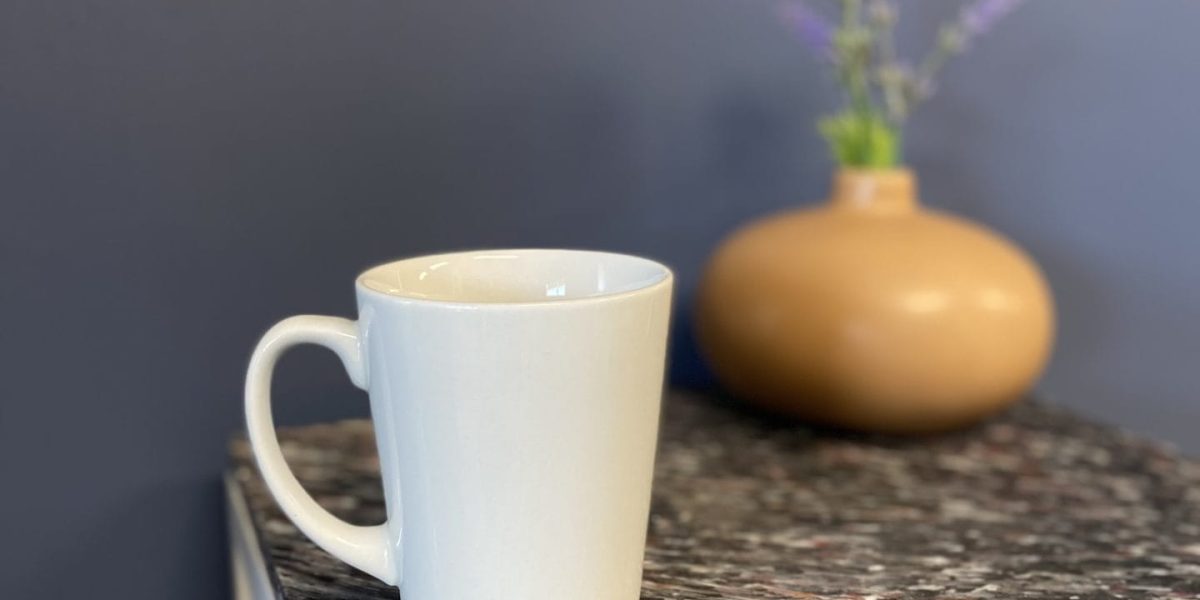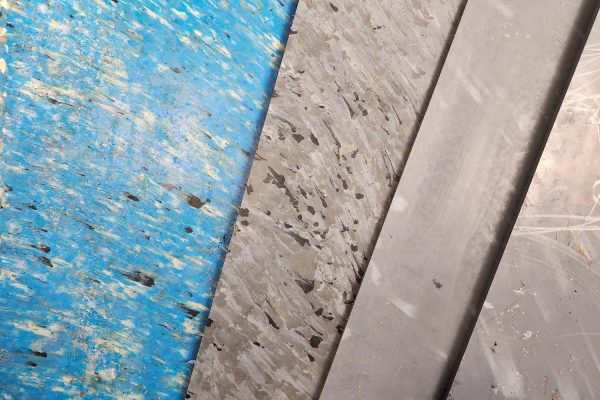The Lifecycle of Recycling Plastic: From Waste to New Products
Plastic waste is one of the biggest environmental challenges of our time. The good news? Recycling offers a powerful way to reduce its impact. By understanding the lifecycle of recycling plastic, we can see how discarded items are collected, cleaned, and transformed into valuable new products.
Here’s how the journey works, step by step.
1. Collection: Diverting Plastic Waste from Landfills
The process begins with plastic collection, ensuring materials are kept out of landfills and natural environments. Common collection methods include:
Curbside Recycling Programs: Plastics are picked up from designated bins.
Drop-Off Centers: Residents deliver plastics to recycling facilities.
Deposit/Refund Programs: Consumers return bottles and containers for a refund, boosting participation rates.
2. Sorting: Separating Plastics by Type and Color
At recycling facilities, plastics are sorted to prepare them for processing.
Manual Sorting ensures different types and colors are separated.
Automated Sorting uses infrared sensors, air classifiers, and magnets to speed up accuracy.
Sorting is critical — each plastic type requires specific recycling methods.
3. Cleaning: Removing Contaminants
Before plastics can be reused, they need to be thoroughly cleaned. This stage includes:
Washing away food residues, adhesives, and dirt.
Shredding large items into smaller pieces for easier cleaning.
Drying to eliminate moisture.
Clean plastics ensure higher-quality recycled materials.
4. Processing: Converting Waste into Usable Materials
The cleaned plastics are processed into reusable raw materials through several methods:
Pelletising: Plastics are melted into pellets used for new products.
Flaking: Some plastics are shredded into flakes instead of pellets.
Extruding: Melted plastics are shaped into fibers, sheets, or packaging.
This step gives plastics a new form that manufacturers can work with.
5. Remanufacturing: Creating New Products
Finally, recycled plastics are remanufactured into a variety of products, including:
Packaging: New bottles, containers, and wraps.
Textiles: Fabrics for clothing, carpets, and upholstery.
Construction Materials: Decking, insulation, pipes, and panels.
Consumer Goods: Everyday items like furniture, toys, and tools.
This stage closes the loop by giving plastic waste a second life.
The Benefits of Recycling Plastic
Recycling plastics delivers both environmental and economic value:
Resource Conservation: Reduces demand for virgin plastic and fossil fuels.
Energy Savings: Manufacturing with recycled plastic uses less energy.
Pollution Reduction: Keeps plastics out of oceans, rivers, and landscapes.
Job Creation: Supports growth in the recycling and manufacturing industries.
Closing the Loop on Plastic Waste
The lifecycle of recycling plastic shows how waste can be transformed into useful products, supporting a circular economy where nothing goes to waste.
From collection and sorting to cleaning, processing, and remanufacturing, each step plays a vital role in reducing plastic pollution and protecting our planet.
By supporting recycling programs and choosing products made from recycled materials, businesses and consumers alike can help close the loop on plastic waste and create a more sustainable future.




